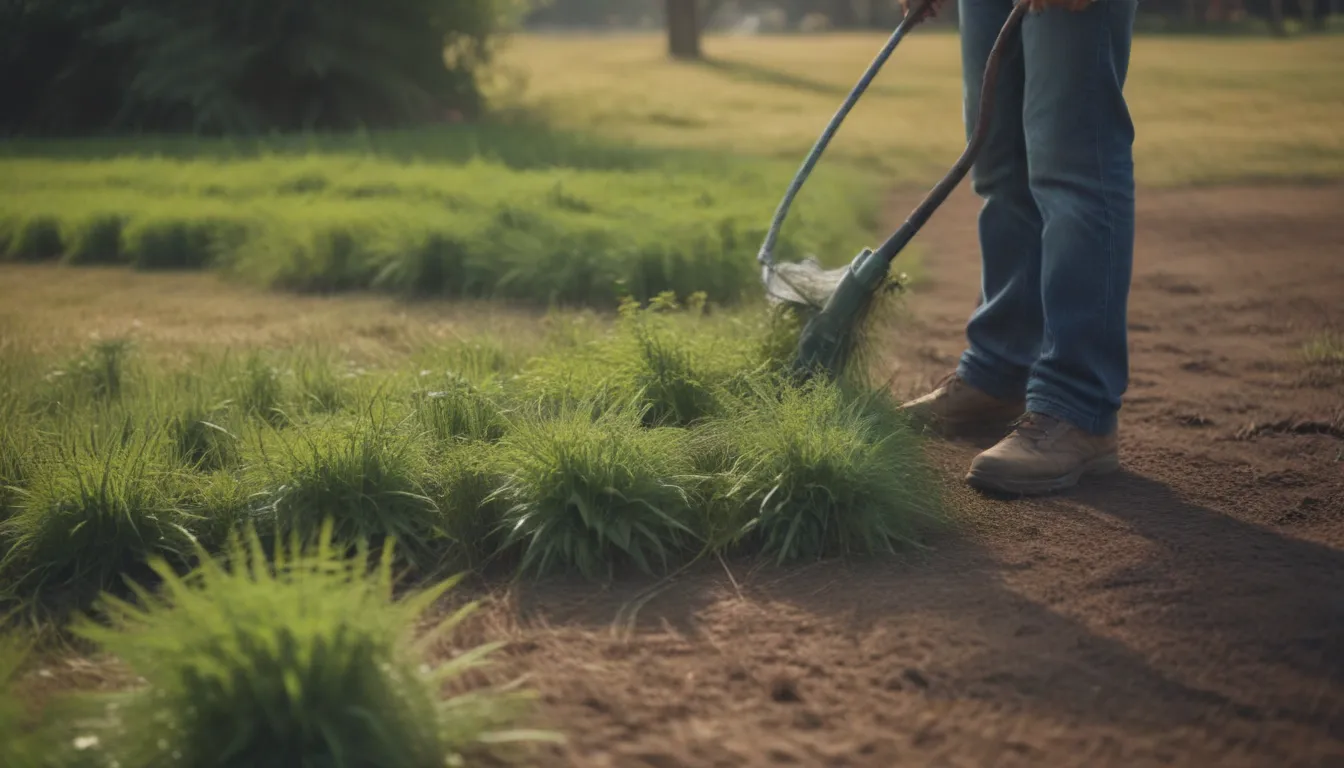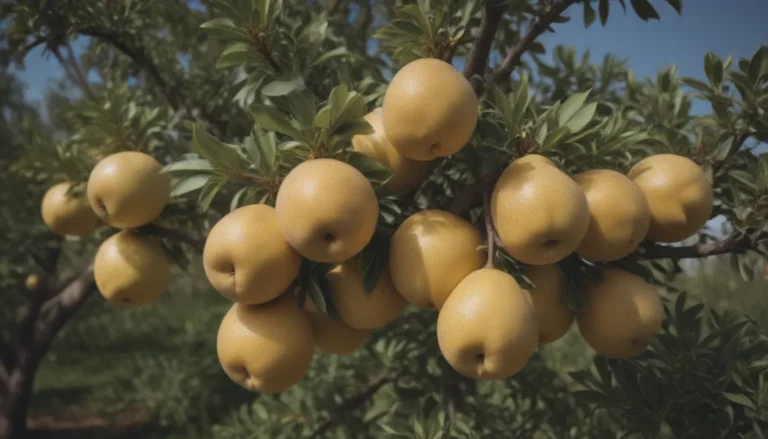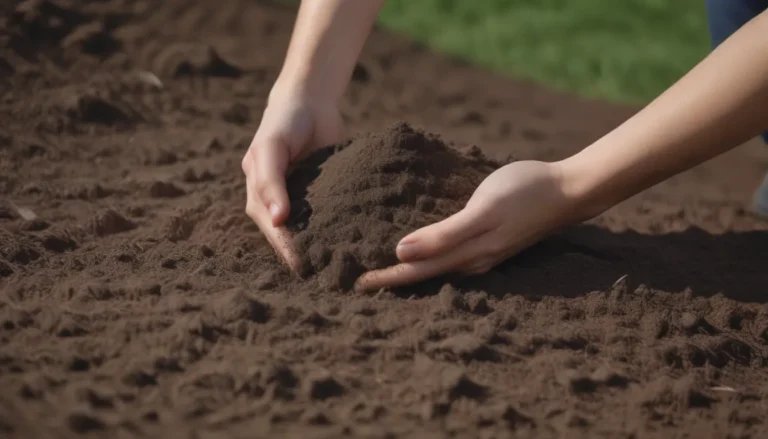The Ultimate Guide to Effective Weed Control in Your Lawn

Having a beautiful, weed-free lawn is the dream of every homeowner who takes pride in their outdoor space. Dealing with pesky weeds can be a frustrating and time-consuming task, but with the right knowledge and methods, you can easily maintain a well-manicured lawn that is free from unwanted plants. Whether you prefer natural solutions or are open to chemical methods, there are various approaches you can take to get rid of weeds and keep your grass healthy and lush.
Understanding Chemical Methods for Weed Control
When it comes to chemical weed killers, there are two main types to consider: post-emergent and pre-emergent herbicides. Each type serves a specific purpose in controlling weeds in your lawn effectively.
Selective, Post-Emergent Herbicides
Selective post-emergent herbicides target specific weeds while leaving your grass unharmed. Before purchasing a herbicide, make sure to read the instructions carefully to ensure it is suitable for the type of grass you have in your lawn.
Non-Selective, Post-Emergent Herbicides
Non-selective herbicides, such as those containing glyphosate, are effective at killing a wide range of plants but can be harmful to your grass if not used carefully. These herbicides are best used for spot treatments and should be applied on calm, non-windy days to prevent accidental damage to your lawn.
Pre-Emergent Herbicides
Pre-emergent herbicides work by inhibiting root development immediately after a weed seed germinates, preventing it from growing into a mature plant. These herbicides are often found in “weed and feed” products that can be applied in spring to stop weeds like crabgrass before they emerge. However, be cautious when using pre-emergent herbicides as they may also inhibit the growth of grass seeds if applied too close to seeding.
Embracing Natural Weed Control Methods
For those who prefer to avoid chemicals in their lawn care routine, there are several natural methods for weed control that can be equally effective.
Hand-Pulling
One of the most basic ways to get rid of weeds is to pull them out by hand. While this method may not work for all types of weeds, it is an effective way to remove small infestations and keep your lawn looking tidy. Remember to moisten the soil before pulling weeds to make the task easier.
Digging With a Tool
For weeds with deep taproots, such as dandelions, using a specialized tool like a dandelion puller can help you remove the entire plant without causing unnecessary damage to your grass. Avoid using a shovel, as it may disturb the surrounding soil and grass.
Vinegar
Vinegar is a natural herbicide that can be effective in spot treatments, but it is non-selective and may harm your grass if not used carefully. Opt for a more potent type of vinegar available in farmer’s supply stores for better results.
Boiling Water
Similar to vinegar, boiling water can be used as a natural herbicide for spot treatments. However, be cautious as it can also damage your grass if not applied correctly.
Preventing Weed Growth for a Healthy Lawn
Preventive measures are key to maintaining a weed-free lawn and promoting overall lawn health. By incorporating these practices into your lawn care routine, you can reduce the risk of weed infestations and keep your grass looking green and vibrant.
- Proper Mowing Technique: Mow your lawn at the appropriate height to promote healthy grass growth and prevent weeds from taking over.
- Providing the Right Amount of Irrigation: Ensure your lawn receives adequate water to support grass growth while discouraging weed development.
- Removing Thatch: Regularly remove thatch buildup to prevent weeds from taking root and competing with your grass for nutrients.
Identifying Common Lawn Weeds for Targeted Control
Understanding the types of weeds that commonly invade lawns can help you choose the right control methods and prevent them from spreading. Here are ten common weeds you might encounter in your lawn:
- Crabgrass
- Dandelions
- Broadleaf Plantain
- White Clover
- Ground Ivy
- Creeping Charlie
- Purslane
- Common Chickweed
- Yellow Nutsedge
- Wild Violets
By familiarizing yourself with these weeds, you can take proactive measures to prevent them from establishing in your lawn and maintain a healthy, weed-free outdoor space.
In conclusion, maintaining a weed-free lawn requires a combination of proper lawn care practices, effective weed control methods, and preventive measures. Whether you choose to use chemical herbicides, natural remedies, or a combination of both, the key is to stay vigilant and address weed infestations promptly to keep your lawn looking its best. With the right knowledge and strategies in place, you can achieve a lush, green lawn that is the envy of your neighborhood.





